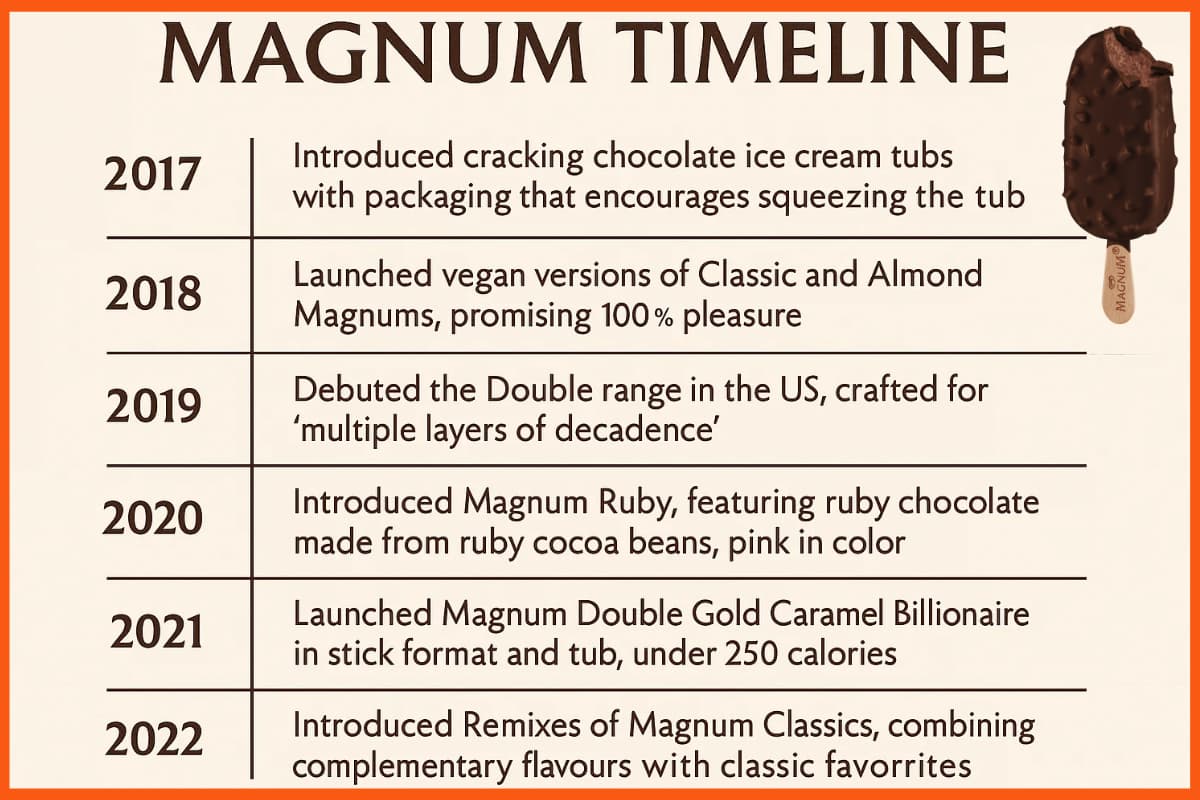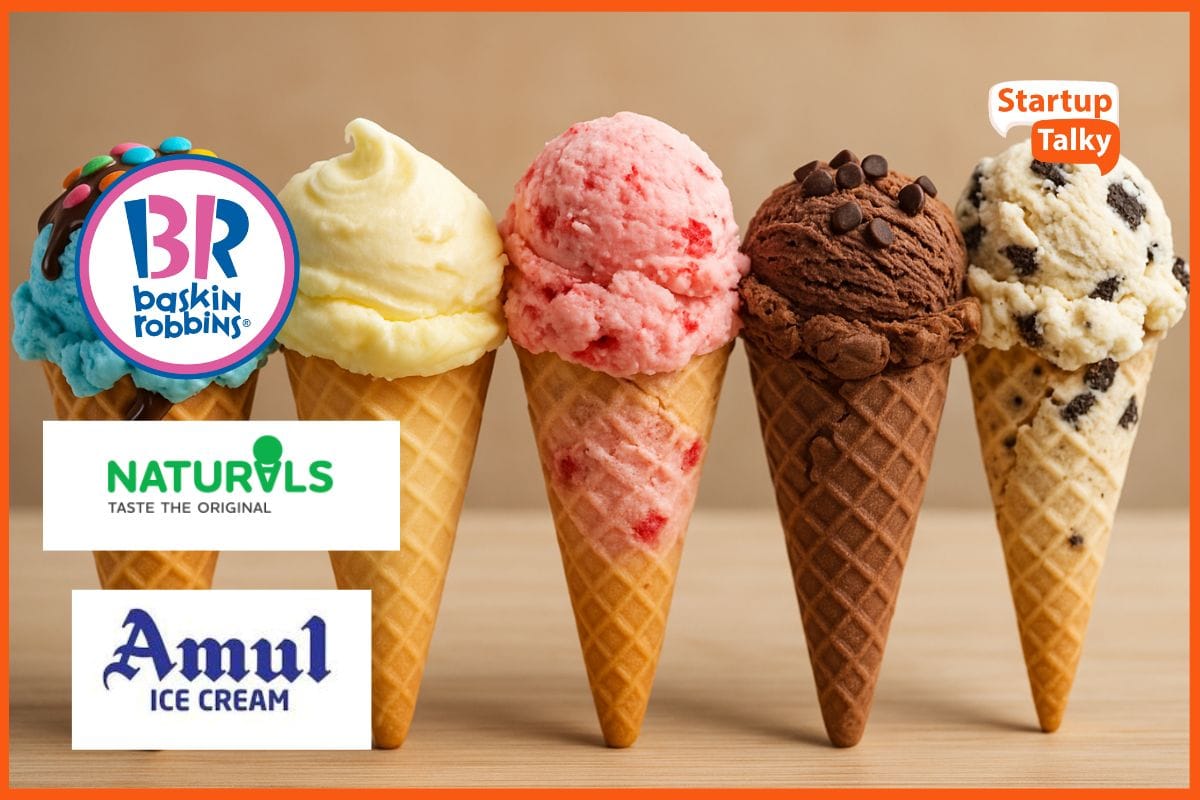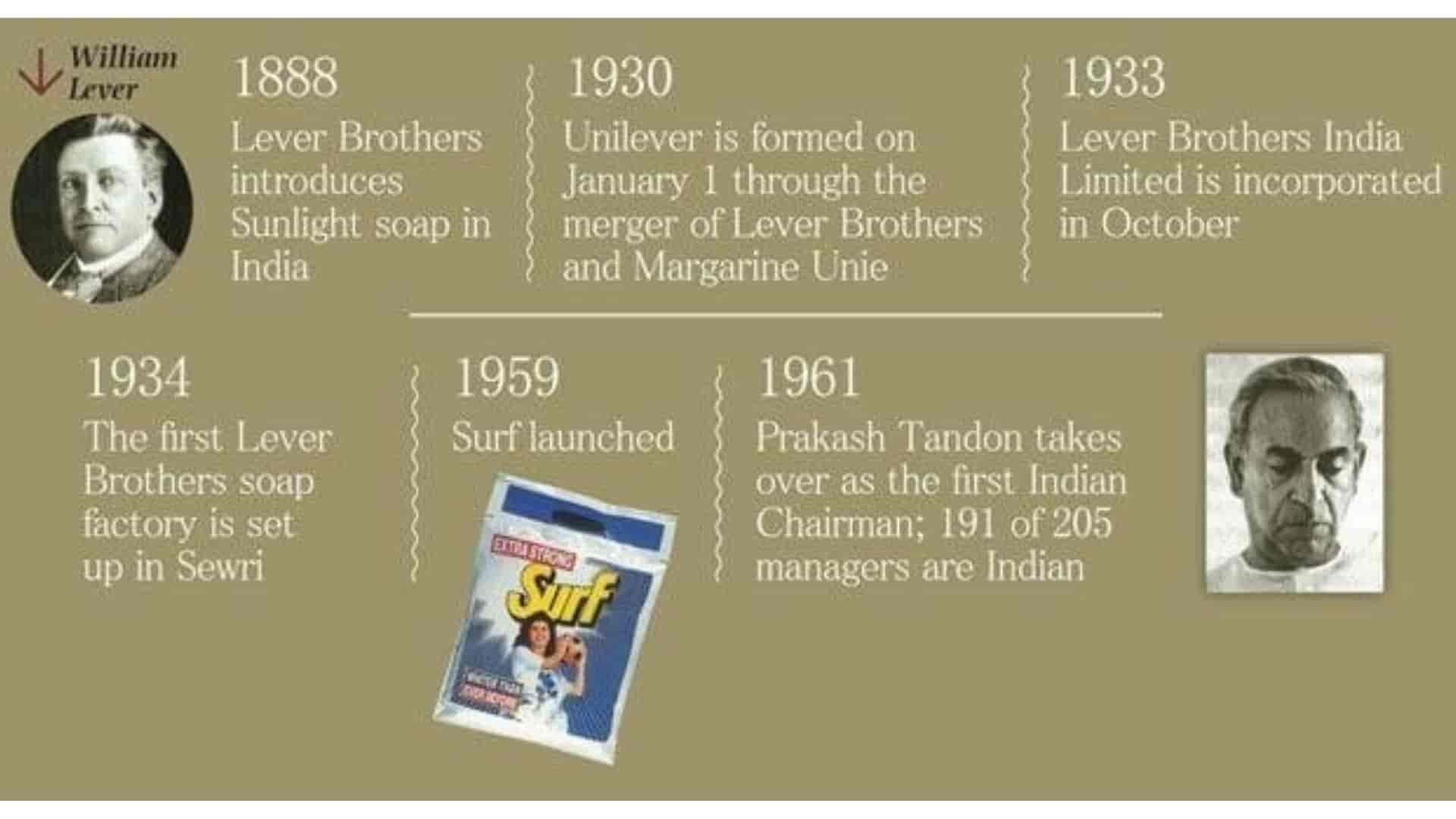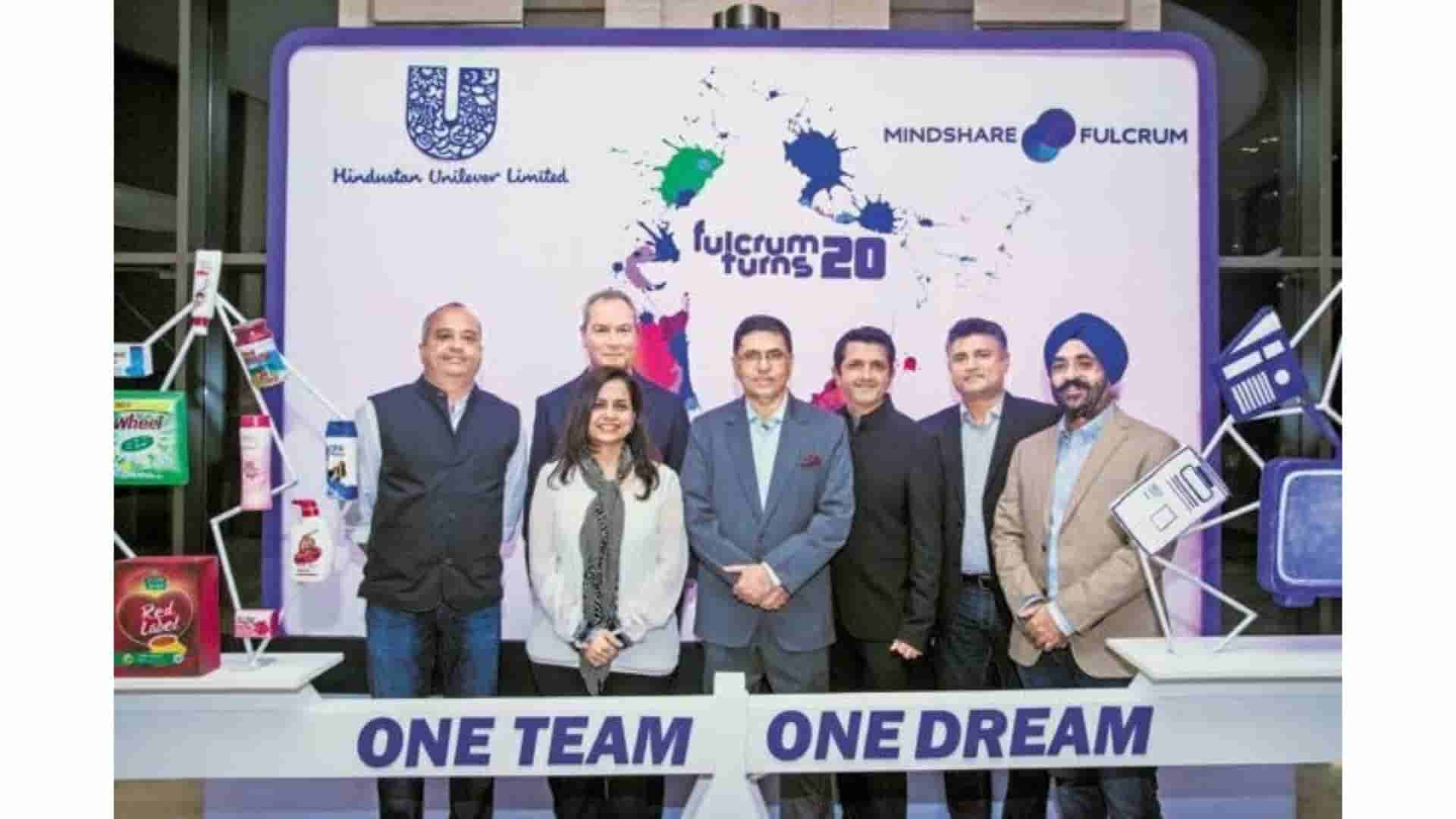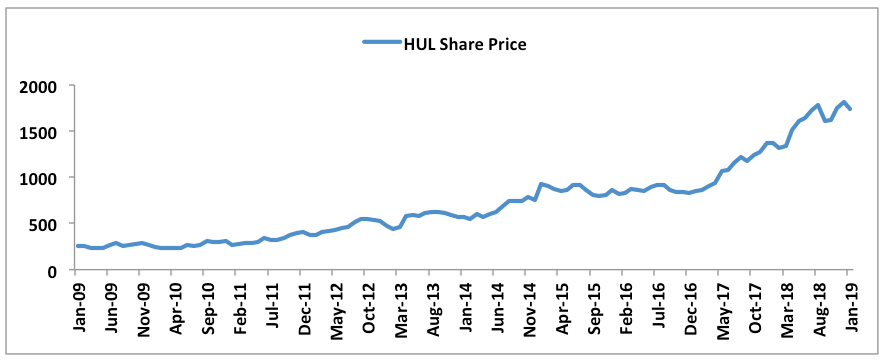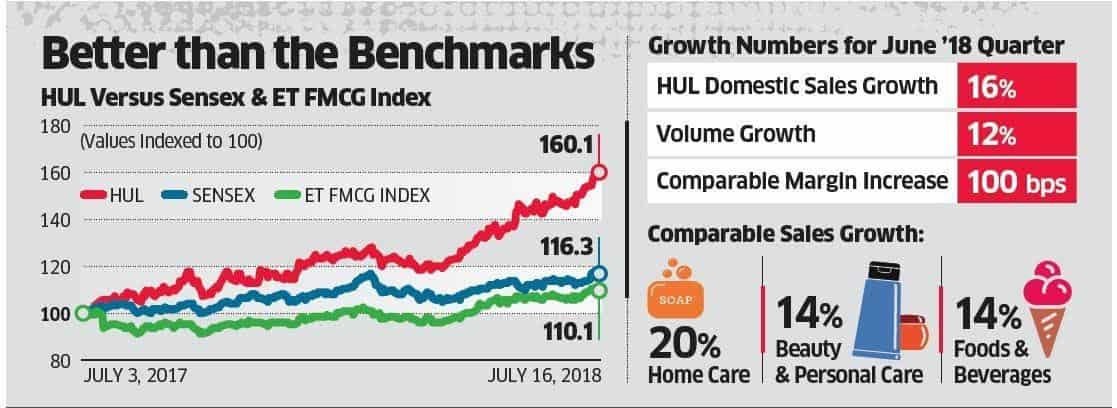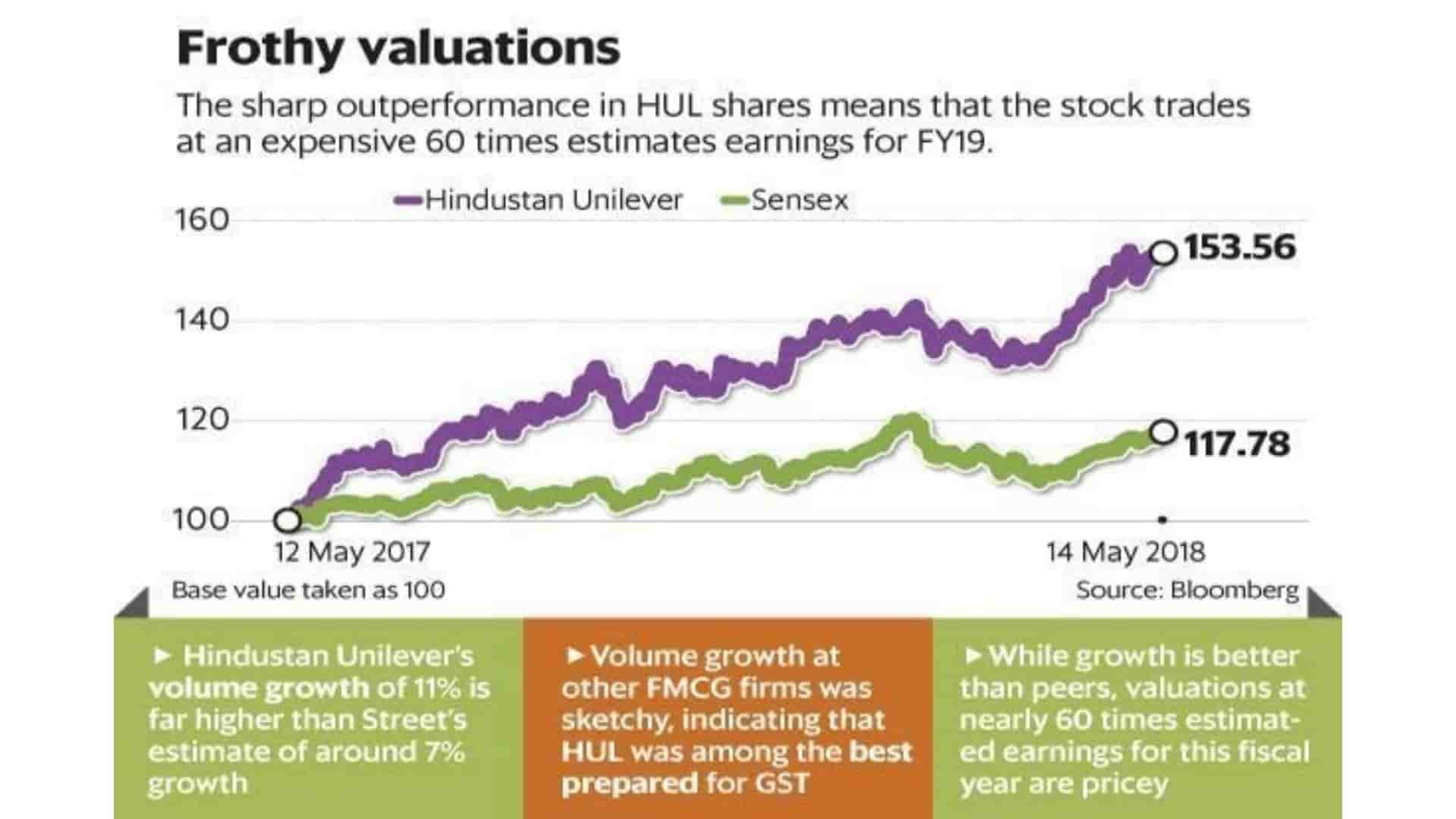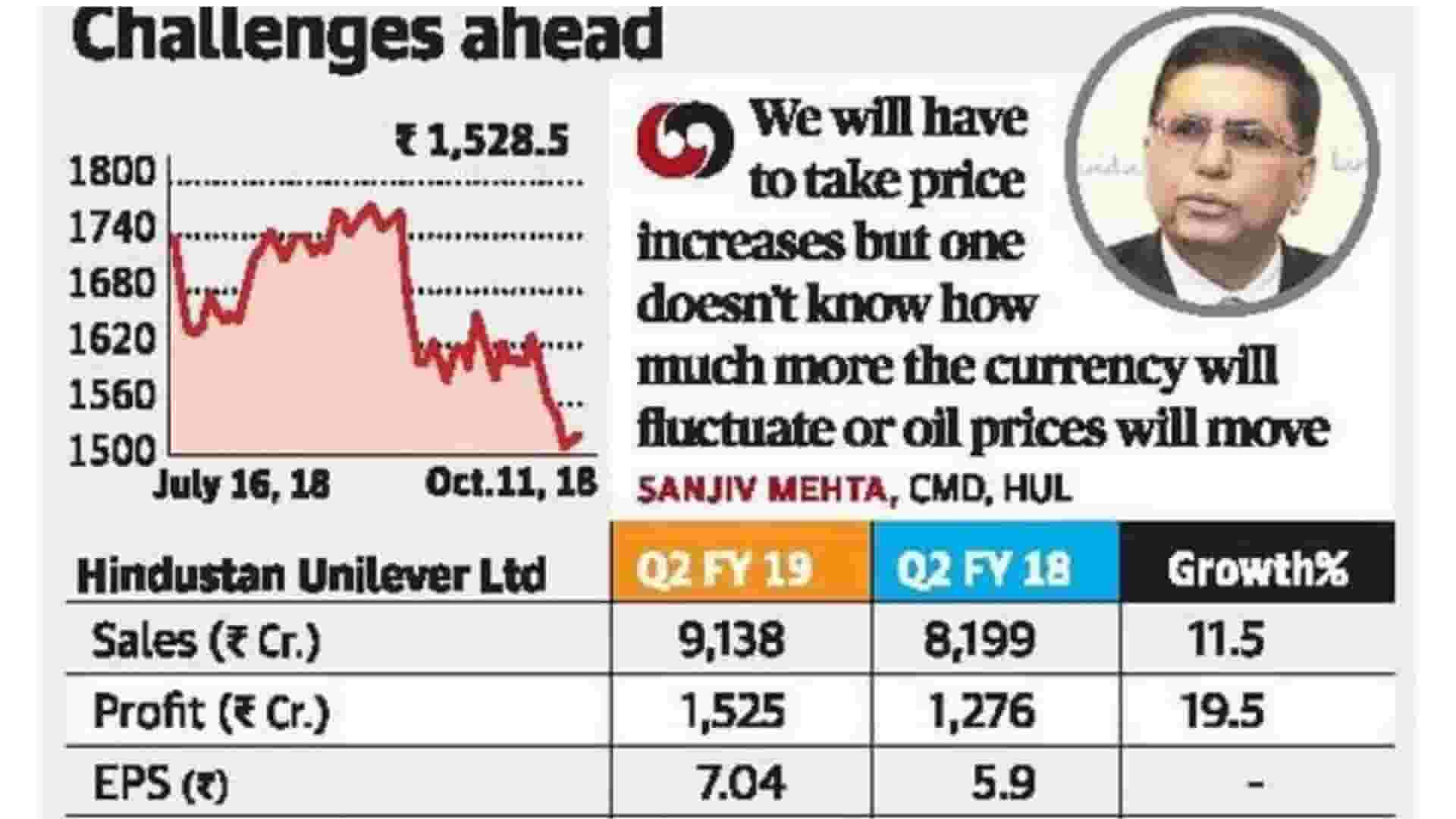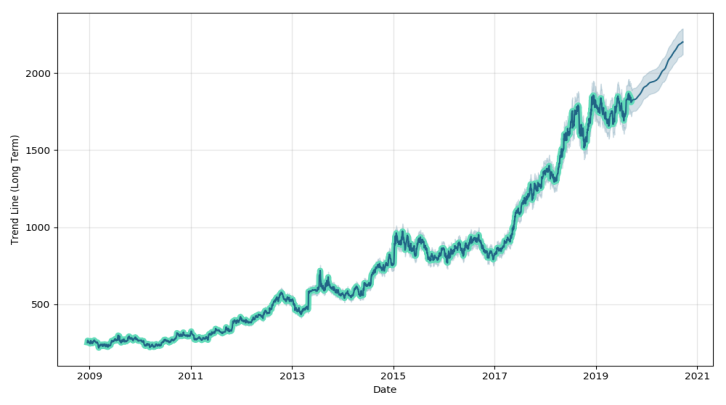The bold and brash multinational consumer goods corporation Unilever has left its mark on history. Unilever was founded in 1929 as a result of the union of a soap manufacturer and a margarine manufacturer. Since then, it has grown into an empire with a staggering 400 brands in its portfolio. Renowned brands like Lifebuoy, Dove, Axe, and Sunsilk are included in its illustrious lineup and are popular with customers all over the world.
Unilever made a risky transition in 2020 to become a wholly British company, enhancing its presence and streamlining operations. As a result of its unwavering pursuit of excellence, the Unilever Group has since established itself as the fifth-largest FMCG company in terms of sales worldwide.
Impressive sales numbers and unchallenged market share serve as proof of Unilever’s success. With the nutrition segment leading the charge, generating a remarkable revenue of approximately 13.6 billion euros in 2022, Unilever’s prowess in personal care is equally noteworthy. The company reported a staggering total revenue of about 60 billion euros, with the United States emerging as a lucrative market and fueling significant revenue growth.
Innovative marketing tactics are a key component of Unilever’s success. Unilever has elevated its brands to remarkable heights by capturing the essence of consumers’ desires and utilizing creative marketing strategies. Dove’s impressive 7.11 billion USD global brand value and Ben & Jerry’s staggering 910.68 million USD U.S. sales success both speak volumes about Unilever’s capacity to engage customers and foster brand loyalty.
The enormous popularity of Unilever’s products further demonstrates its unwavering dedication to excellence. While Comfort, a well-known brand in laundry care, has reached 13.5% of households globally, Vaseline, a beloved personal care brand, enjoys an astonishing 80% popularity among female consumers in the United States.
Its unyielding dedication to quality, coupled with its ability to adapt to evolving consumer needs, cements Unilever’s current position and fuels its drive to shape the future of consumer goods worldwide.
Unilever Target Market
Unilever Marketing Mix
Unilever Marketing Campaigns
Unilever Marketing Strategy
Unilever Target Market
The target market for Unilever is wide-ranging and diverse, covering a variety of geographic and demographic groups. The business provides a wide range of consumer goods for both men and women in various age groups. Although Unilever is headquartered in the United Kingdom, the majority of its income is produced in other countries, particularly the United States. Its ability to comprehend and cater to the needs of customers in various regions is demonstrated by its global reach. Additionally, socially conscious consumers who value sustainability and ethical behavior are part of Unilever’s target market. Unilever connects with customers who are looking for ethical and environmentally friendly products by placing a high priority on reducing environmental impact and empowering communities. Unilever’s keen awareness of various demographics, global reach, and commitment to sustainability help it win the hearts and loyalty of a large target audience.

Unilever Marketing Mix
As a dominant player in the consumer goods sector, Unilever has mastered the art of the marketing mix, carefully balancing essential components to captivate customers and propel business success. Let’s delve into the details of their marketing mix and unveil the secrets behind their triumph.
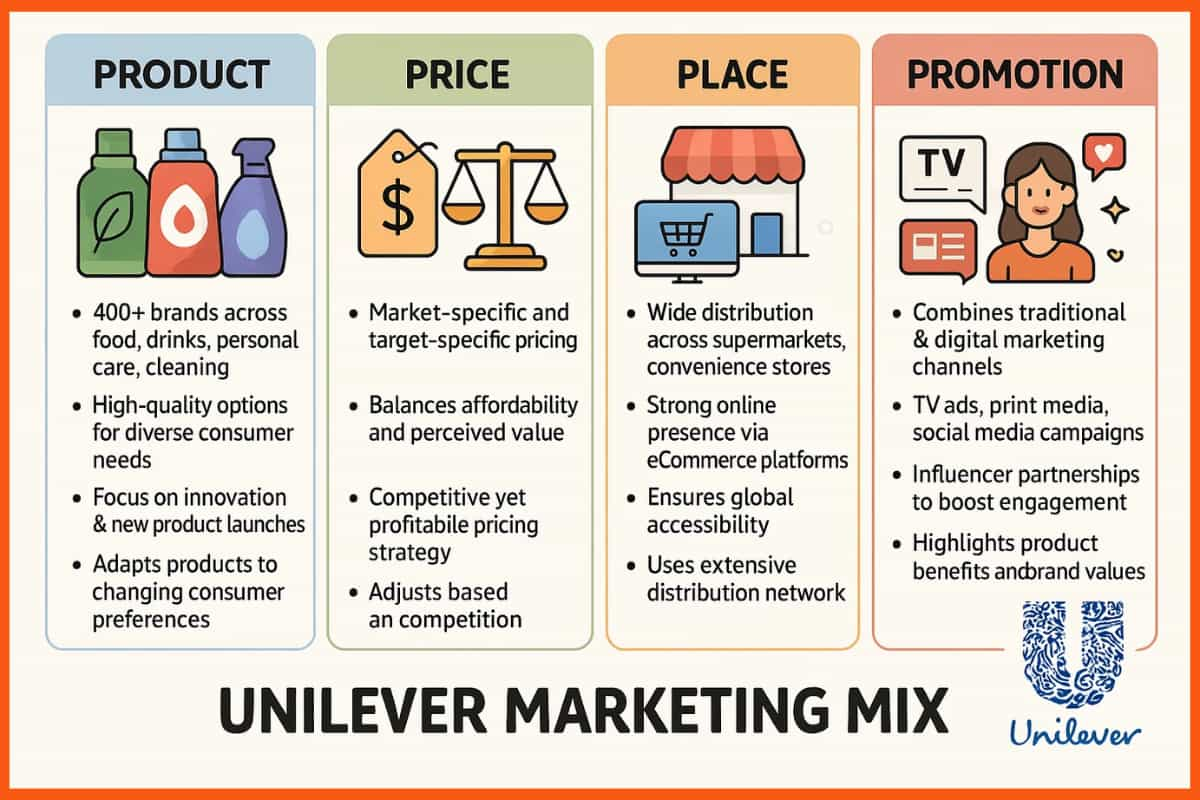
Unilever Product Strategy
Unilever’s product strategy is multifaceted, with 400 brands in its extensive portfolio serving a range of consumer needs. Unilever provides a variety of high-quality options, ranging from food and drinks to cleaning supplies and personal care items. Their dedication to innovation is demonstrated by the ongoing creation of new products that are in line with shifting consumer preferences, ensuring a steady stream of novel products to meet consumer demand.

Unilever Price Strategy
Unilever takes a strategic stance when it comes to pricing. Their pricing policies are individualized for various markets and target markets, taking into account elements like affordability, perceived value, and competition. Unilever seeks to strike a balance between providing prices that are both competitive and appealing to consumers while remaining profitable.
Unilever Place Strategy
In terms of place, Unilever’s distribution channels are meticulously designed to ensure its products reach consumers in the most convenient and accessible manner. They sell their goods in a variety of retail locations, from supermarkets and convenience stores to online shopping websites. Unilever makes the most of its reach and ensures that consumers around the world can easily access its products by using a vast distribution network.
Unilever Promotion Strategy
Unilever’s promotion strategies are equally noteworthy. To develop persuasive and interesting campaigns, they combine traditional and digital marketing channels. Unilever makes sure that its brands are constantly at the top of consumers’ minds through everything from television commercials and print ads to social media campaigns and influencer partnerships. Their marketing messages emphasize the distinctive advantages and values connected to their products to captivate target audiences.
Unilever’s marketing mix is an expertly composed symphony of product, price, place, and promotion. Unilever maintains its position as a global leader and continues to mold the landscape of the consumer goods market by constantly adapting to customer needs and market trends.

Unilever Marketing Campaigns
Unilever, which is renowned for its cutting-edge marketing tactics, has launched several impressive campaigns that have had a profound effect on consumers all over the world. Let’s delve into some of their top marketing campaigns, showcasing their ability to captivate audiences and drive brand success.
Dove’s Real Beauty campaign stands out because it aims to celebrate women’s diversity and authenticity while questioning conventional notions of beauty. Dove promoted women embracing their natural beauty through potent advertisements, workshops, and social media campaigns, winning praise and developing a reputation as a company that supports diversity and self-acceptance.
The Axe Effect campaign from Axe, which targeted young men with a daring and provocative approach, is another noteworthy effort. Axe established itself as a representation of confidence and allure by highlighting the transformative power of its products. Axe was propelled to become a dominant brand in the men’s grooming industry as a result of the campaign’s edgy and humorous advertisements, connecting with the target market.
Unilever’s Sustainable Living Plan campaign stood out in the field of sustainability. The campaign sought to involve consumers and encourage sustainable behaviors while committing to reducing environmental impact. Unilever’s commitment to sustainability was incorporated into its marketing messages, product packaging, and alliances, furthering its reputation as a trustworthy and environmentally conscious company.
The Unilever Sustainable Living Plan: making progress, driving change.
With Coca-Cola, Unilever launched the Share a Coke campaign, showcasing its creativity and ability to work well with others. Unilever tapped into the power of personalization and social sharing by adding popular names to Coca-Cola bottles, generating buzz among customers and a sense of connection with the brand.
Share A Coke Campaign 2019 | Unilever Marketing Strategies
These top Unilever marketing campaigns demonstrate their capacity to use strong messaging, consumer insights, and strategic partnerships to build engaging and lasting experiences.

Unilever Marketing Strategy
Unilever has achieved remarkable success through its innovative and effective marketing strategies. With a commitment to understanding consumer needs and driving brand relevance, Unilever has continuously pushed the boundaries of marketing excellence. Let’s delve into the top marketing strategies employed by Unilever, showcasing their ability to captivate audiences, drive sales, and make a lasting impact.
Brand Portfolio Diversification
Unilever has mastered the art of diversifying its brand portfolio to cater to a wide range of consumer needs. With around 400 brands, they cover various product categories, from food and beverages to personal care and home care. For example, Unilever’s acquisition of Dollar Shave Club allowed it to enter the men’s grooming market and tap into a new consumer segment.
Emotional Branding
Unilever understands the power of emotions in driving brand loyalty. Their marketing campaigns often evoke strong emotional connections with consumers. Dove’s Real Beauty campaign challenges beauty stereotypes, empowering women to embrace their unique selves. By touching hearts and inspiring positive change, Unilever builds long-lasting relationships with consumers.

Sustainability and Purpose-driven Marketing
Unilever’s commitment to sustainability and social responsibility is integrated into its marketing strategies. They highlight initiatives such as reducing environmental impact, promoting fair trade, and empowering communities. The Sustainable Living Plan campaign communicated Unilever’s dedication to a better future, resonating with environmentally-conscious consumers and enhancing brand reputation.
Loyalty Programs
Unilever has loyalty programs that encourage customers to keep buying their products. Customers can earn points, get special discounts, enjoy personalized offers, and even access exclusive events.
These programs help Unilever build a stronger bond with its customers and make them feel valued and appreciated.
Influencer Collaborations
Unilever effectively harnesses the power of influencers to amplify brand messages and reach target audiences. For example, Ben & Jerry’s partnered with climate activist Greta Thunberg to raise awareness about climate change, garnering significant attention and driving consumer engagement.

Personalization
Unilever leverages personalization to create meaningful connections with consumers. The Share a Coke campaign, in collaboration with Coca-Cola, personalized bottles with popular names, encouraging social sharing and strengthening brand affinity.
Digital Marketing and Social Media
Unilever embraces the digital landscape and utilizes social media platforms to engage with consumers. Through compelling content, interactive campaigns, and influencer collaborations, they establish a strong online presence. Magnum’s Release the Beast campaign employed Instagram’s Stories feature, allowing users to interact with the brand and unlock content, resulting in increased brand visibility and user engagement.
Cause Marketing
Unilever strategically aligns with social causes to create meaningful campaigns. Domestos’ World Toilet Day initiative aimed to improve sanitation in underserved communities. By linking the brand to a pressing global issue, Unilever showcased its commitment to social impact and generated positive brand associations.
Data-driven Marketing
Unilever leverages consumer data and analytics to drive targeted marketing campaigns. Through insights gained from customer behavior and preferences, they optimize product placement, pricing, and promotional strategies to enhance consumer experiences and drive sales.
Cultural Relevance
Unilever recognizes the importance of cultural relevance in its marketing efforts. They adapt campaigns to resonate with diverse markets and local traditions. For example, Knorr’s “Love at First Taste” campaign showcased how food transcends cultural barriers and connects people on a universal level.
Continuous Innovation
Unilever fosters a culture of innovation, constantly pushing boundaries to meet evolving consumer demands. Their marketing strategies embrace emerging technologies and trends. For instance, Lipton’s Magnificent Matcha campaign incorporated virtual reality to create immersive experiences and uniquely engage consumers.
New Lipton Magnificent Matcha Takes You Inside the Cup
Conclusion
The most effective marketing tactics used by Unilever show off their capacity to engage audiences, create strong emotional bonds, and advance brand success. Unilever effectively communicates brand values, fulfills consumer expectations, and maintains a competitive edge by utilizing these strategies. Unilever is a compelling example for companies looking to make a difference in the world market by committing to understanding consumer needs, embracing social issues, and delivering effective marketing campaigns.
FAQs
What is Unilever?
Unilever is a British-Dutch multinational company that produces and sells a wide range of food, beverages, personal care, and home care products. It owns hundreds of popular brands like Dove, Lipton, Knorr, Pepsodent, and Surf.
What is Unilever target audience?
The target market for Unilever is wide-ranging and diverse, covering a variety of geographic and demographic groups. The business provides a wide range of consumer goods for both men and women in various age groups.
What are the top marketing strategies employed by Unilever?
The top marketing strategies employed by Unilever are –
- Brand Portfolio Diversification
- Emotional Branding
- Sustainability and Purpose-driven Marketing
- Influencer Collaborations
- Digital Marketing and Social Media
- Cause Marketing
- Data-driven Marketing
- Cultural Relevance
- Continuous Innovation
Unilever is which country brand?
Unilever is a British-Dutch multinational company.
Which are Unilever brands?
Unilever owns a wide range of brands across food, beverages, personal care, and home care. Some of its popular food and beverage brands include Knorr, Lipton, Hellmann’s, Brooke Bond, Marmite, Ben & Jerry’s, and Wall’s ice cream. In personal care, Unilever owns Dove, Pepsodent, Lux, Axe/Lynx, Sunsilk, Vaseline, and Lifebuoy. Its home and cleaning brands include Surf, Rin, Domex, OMO/Persil, and Cif.





